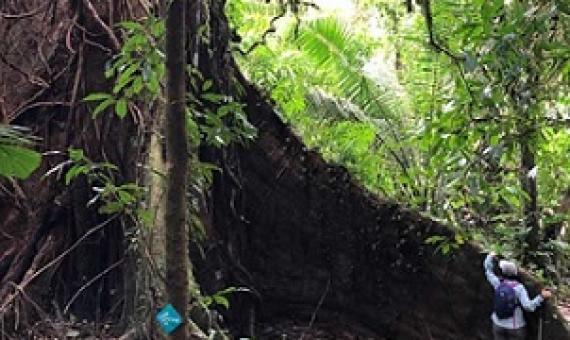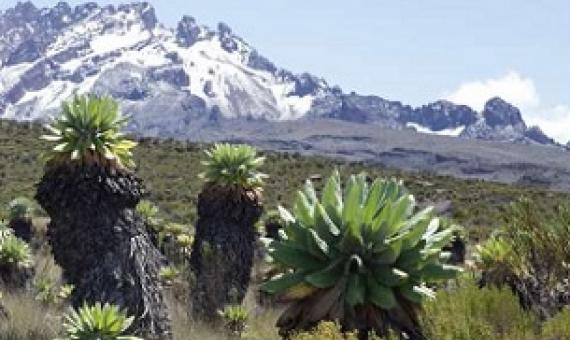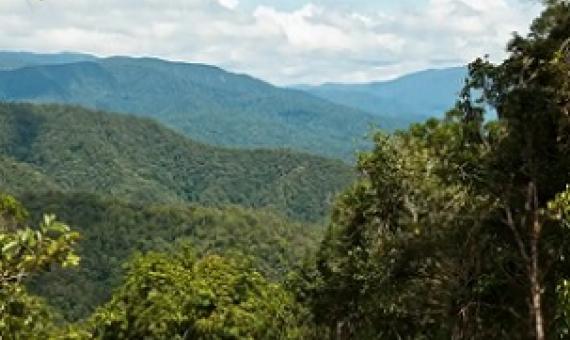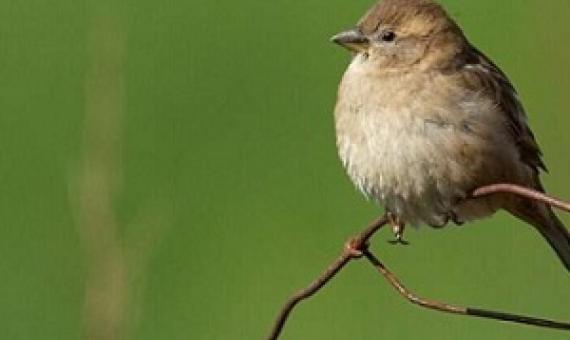Tropical forests often harbor hundreds of species of trees in a square mile, but scientists often struggle to understand how such a diversity of species can coexist.
To better understand what drives biological diversity on Earth, scientists have historically looked at genetic differences between species. But this only provides part of the picture.
Microorganisms, plants, and animals accomplish great feats every day. For example, by decomposing material, producing plant biomass, or pollinating flowers, they keep nature 'up and running," thereby securing the livelihood of humans.
Mangrove forests with greater species diversity can store more carbon, according to new research published in the British Ecological Society journal Functional Ecology.
New Guinea is home to more than 13,500 species of plant, two-thirds of which are endemic, according to a new study that suggests it has the greatest plant diversity of any island in the world – 19% more than Madagascar, which previously held the record.
Biologists have long known that inbreeding can be detrimental. Inbreeding results in less genetic variation, making species more vulnerable if changes occur that require them to adapt. Now we know more about just how bad inbreeding really is.
Micronesia Challenge
Regional framework to assess the regional monitoring indicators that measure the status of managed conservation areas set aside under the Micronesia Challenge. The tool allows you to see the monitoring progress and learn more about the monitoring data collected across the region.












